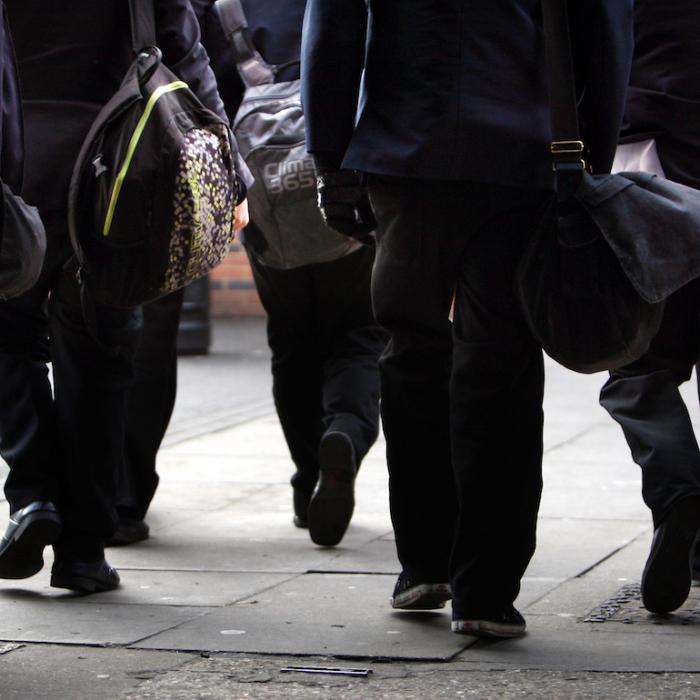Government cash subsidies aimed at keeping low income teenagers in school did not improve educational attainment and may have impacted their future earning outcomes, a study has found.
As a result, they were deprived of valuable work experience that would have helped them later when entering the adult job market.
EMAs—which were scrapped in England in 2011— were first piloted by the previous Labour government in 1999 and rolled out across the UK in 2004. It saw 16- to 19-year-olds from low-income backgrounds given £30 a week (or £50 in today’s money) if they stayed in full-time education.
The funds were meant to help teenagers with costs such as travel and other course related expenses and were intended to generate long-term improvements in the outcomes of underprivileged learners.
However researchers behind the study, funded by the Nuffield Foundation, said that while the scheme did increase participation in full-time education, it “failed to achieve its ultimate aims of improving educational attainment and labour market outcomes.”
‘Discouraged’ Part-Time Work
According to researchers, the EMA had reduced young people’s earnings at 17 by around 7 percent.They believe this is owing to reduced part-time working hours for those who would have remained in full-time education “even in the absence of the EMA.”
“The EMA seems to have discouraged part-time work alongside study,” authors wrote.
‘No Evidence’ EMA Improved Attainment
The report also said that there was “no evidence” the EMA resulted in a measurable increase in academic attainment.This is despite the grant requiring young people to attend classes to continue receiving it.
The IFS report concluded, “The EMA did not lead to a measurable increase in attainment.”

It said that despite high uptake among those eligible, “students did not see an improvement in A-level grades or pass rates, or an increase in the probability of receiving a Level 2 or Level 3 vocational qualification.”
Reduced Outcomes in Long-Run
EMAs had also “slightly reduced earnings and employment in the longer run” for recipients.The IFS estimated that this reduction was around 1 percent every year of their 20s.
They also also find that those who had received EMAs as students were slightly less likely to be in employment and slightly more likely to claim out-of-work benefits as adults.
Negative Consequences
Report authors said that by 2010, EMAs cost £900 million a year (in 2024 prices) across the whole UK. It was replaced with a more cost-effective 16 to 19 Bursary Scheme in England in 2011, but EMAs are still available in Scotland, Wales, and Northern Ireland.Report co-author Nick Ridpath, a research economist at the IFS, said: “The EMA, which cost billions through the 2000s, did not have the hoped-for positive effects on educational outcomes and later employment.
“Indeed, it looks like it may have had negative consequences by discouraging disadvantaged young people from getting work experience.”
Emily Tanner, programme head at the Nuffield Foundation, said that the findings “underscore the scale of the challenge in increasing both participation and meaningful engagement in post-16 education and training.”
“With the Curriculum and Assessment Review underway, there is an opportunity to ensure that 16–19 learning pathways at all levels provide more effective routes into good employment,” she said.
Labour launched the Curriculum and Assessment Review shortly after the July general election and will look into ensuring 16- to 19-year-olds “have access to rigorous and high-value qualifications and training that will give them the skills they need to seize opportunity as well as ensuring they are ready for the changing workplace.”
Since Labour has returned to government, it has pledged to improve education outcomes for disadvantaged children as part of its Plan for Change and has launched strategies to tackle child poverty, “breaking the link between young people’s backgrounds and their future success.”







